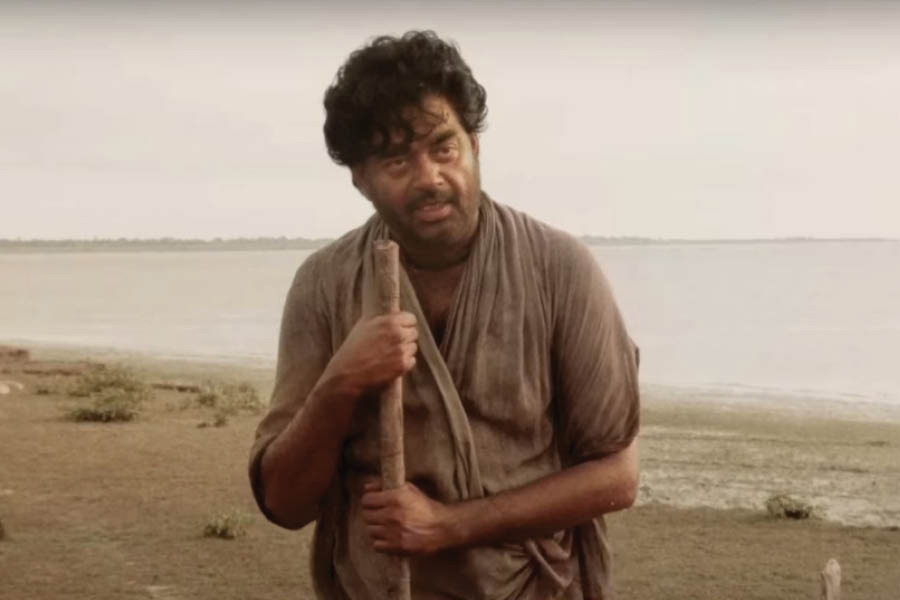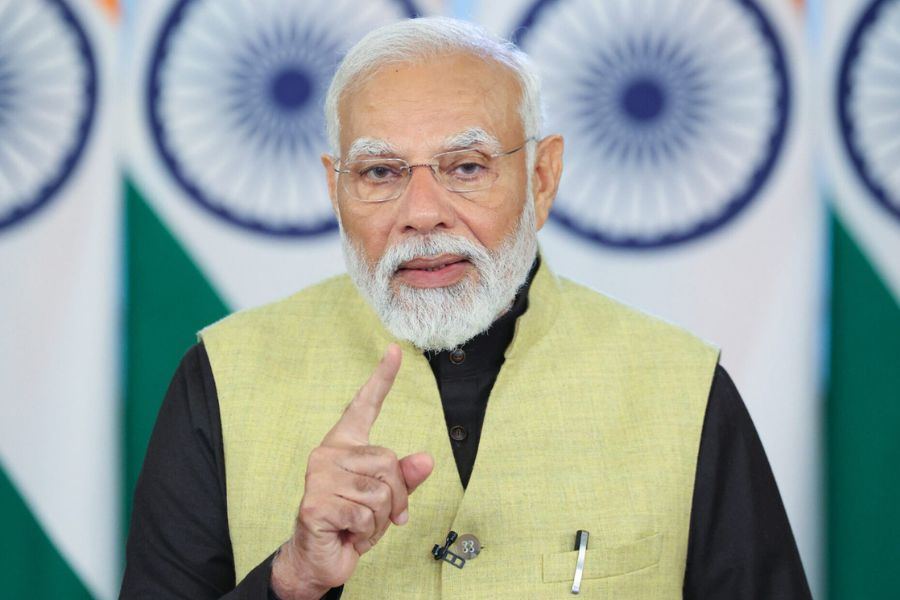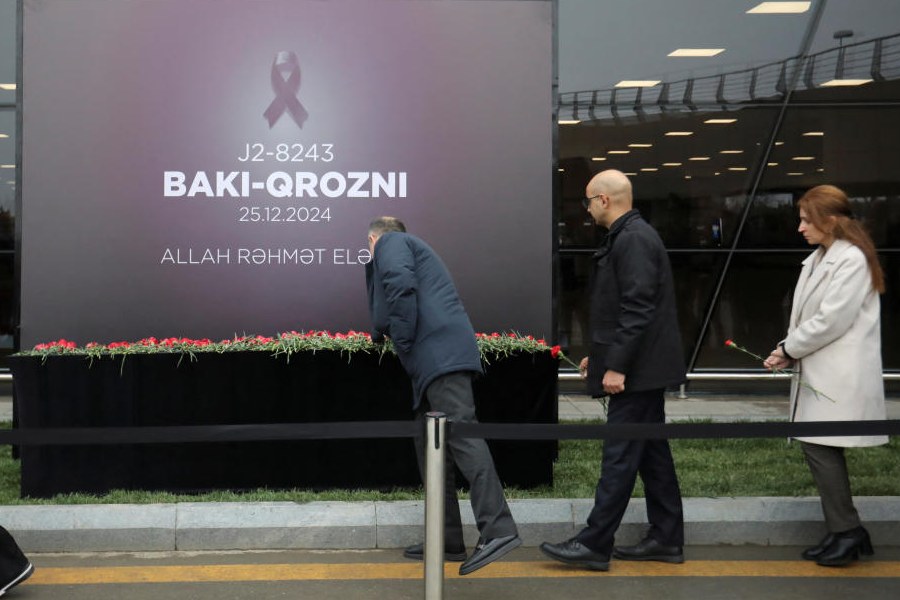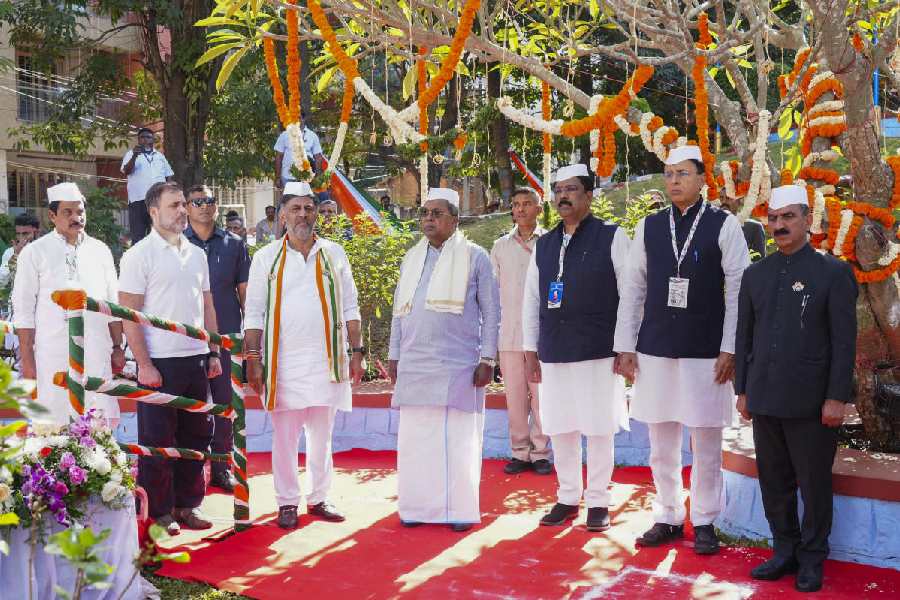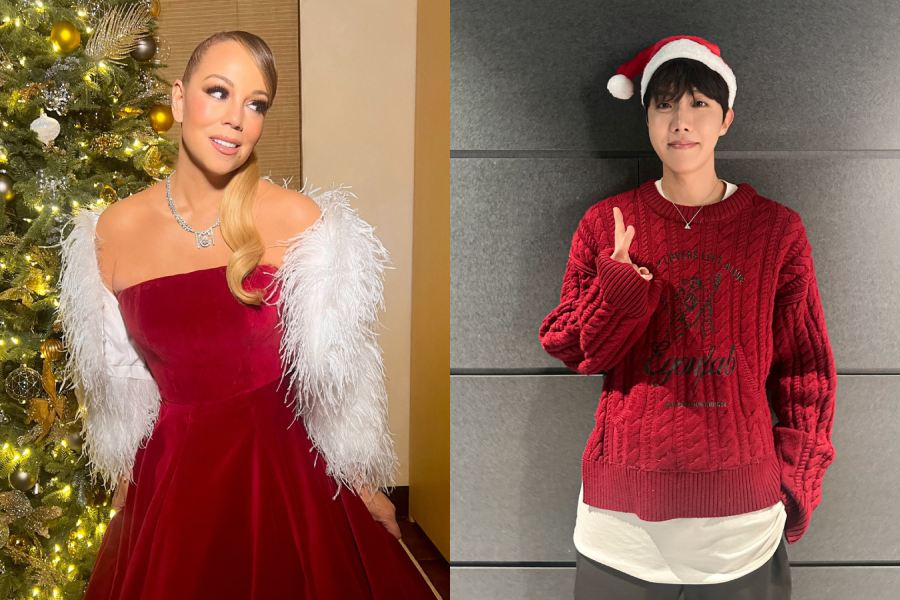He was the unlikeliest of stars. In an era where the big three — Raj Kapoor, Dev Anand and Dilip Kumar — were still playing the lead, a time when Shammi Kapoor defined stardom, when chocolate boys like Biswajeet and Joy Mukherjee and quick-to-tears cry-babies like Rajendra Kumar were the norm, and a pink-cheeked gora-chitta like Rajesh Khanna was beginning to take the industry by storm, Shatrughan Sinha was the odd man out.
Even in the mid-1970s, when he became a big star, the hero in Hindi cinema was expected to have Greek-god looks like Vinod Khanna and Dharmendra had. Or appeal to the teeny-bopper crowd like Rishi Kapoor did. Shatrughan Sinha, in contrast, had a face that, in his own words, ‘resembled a battlefield’ with four scars — two on his forehead, one close to his ear and one close to his lips. For an industry that needed its heroes to be as pretty if not prettier than heroines, he was an anachronism.
The Villain Who Overshadowed the Hero
‘Joota kitna bhi keemti ho paon mein hi pehna jaata hai… sar pe nahin’ – Raampur Ka Lakshman
Scarf around his neck, hand caressing the throat as he burned his adversary with an insouciant gaze and the hint of a mocking smile, Shatrughan Sinha was, in his early days as an actor, that rare entity: a ‘villain’ who stole the limelight from the hero. Cast by Dev Anand in a small role in Gambler, he had the audience eating out of his hands with his dialogues and mannerisms. He lent even an everyday line like ‘Mera haath jalaa hua hai, Your Honour’ a charge that had viewers applauding him. Or for that matter, ‘Sharafat se mere saath Bambai bhaag chalo, top ki heroine bana doonga’ in Khilona (1970).
He even made a 10-minute appearance in B.R. Ishara’s Chetna memorable with his dialogue ‘Umar badti hai to daam ghat-ta hai, bachche’, establishing his ability to create magic with dialogue delivery. There were also the mannerisms he made part of his characters. In Raampur Ka Lakshman, for example, when he beat up someone, he looked at his watch to see if it was still working.
No wonder then that his face made its way on hoardings along with that of the hero and the heroine, leading Khushwant Singh to write, ‘Shatrughan Sinha is the first villain in the history of Hindi cinema to have created a romantic aura around him.’ When filmmaker S.D. Narang’s Babul Ki Galiyan (1972) with Hema Malini and Sanjay Khan was released, the biggest cardboard standee that was displayed at the entrance of various theatres was that of the villain and not the lead pair.
“If there was a 6-foot cut-out of Hema Malini and a 5-foot cut-out of Sanjay Khan, there was a 25-foot cut-out of mine with the line, ‘Shotgun Sinha in Babul Ki Galiyan,’” Shatrughan told his biographer Bharthi S. Pradhan. “I was not the hero of the film. I was a mere villain with a price tag of only Rs 25,000 but was considered the main draw according to trade experts… I was the first villain who was invited to Sophia College (an all-women’s college in South Mumbai) as their chief guest. I must be the first villain who was asked to solve women’s emotional problems in Eve’s Weekly, in an Agony Aunt sort of column.”
Of these negative roles, the one that played the definitive role in his career is Gulzar’s Mere Apne. Though Vinod Khanna was clearly the director’s favourite and had the author-backed role, it was Shatrughan Sinha who walked away with the honours as the uncouth Chhenu. Audiences went crazy with every appearance he made in the film and it is reported that when he delivered the iconic line ‘Aaye toh keh dena Chhenu aaya tha’, the applause in the theatres used to be deafening.
Mere Apne made a star of Shatrughan Sinha and it was only a matter of time that he would make the transition to playing the hero. As Bharathi S. Pradhan writes, ‘By the time Heera (1973) and Blackmail (1973), his last two films as villain, rolled along, distributors were demanding that his character be given some sort of redemption at the end. People had grown too fond of this villain to accept him as completely black.’
The Rise to Stardom: Kalicharan and Vishwanath
‘Aaj naag panchami hai kya? Phir yeh saanp ko doodh kyun pila rahe ho?’ – Kalicharan
‘Jali ko aag kehte hain, bujhi ko raakh kehte hain… jis raakh se barood bane, usey Vishwanath kehte hain’ – Vishwanath
Shatrughan Sinha made his mark as a hero with Subhash Ghai’s directorial debut Kalicharan which had the star playing a double role, a prisoner serving a life term and his lookalike police officer. Though as memorable for Ajit’s ‘Saara shahar mujhe loin ke naam se jaanta hai’, Shatrughan Sinha had some choice dialogues that wow ed viewers, for example, ‘Mard ke bachche aurat ke daaman se nahin... sher ke panjo se khela karte hain’ or ‘Jab sher aadamkhor ho jaata hai... toh sarkar usse apni goli ka nishana banakar kutte ki maut maar deti hai.’ The film also benefitted immensely from strong supporting acts by Danny Denzongpa and Prem Nath. The success of Kalicharan led to Vishwanath, which too had trademark high-octane dialogues.
However, not everyone was convinced that the star’s transition to a hero was for the better. His secretary for over 40 years, Pawan Kumar, for one. As reported in his biography, Pawan Kumar says, “Sonu’s biggest career-mistake was to turn hero. I maintain to this day that he should have remained a villain. Sonu had an unheard-of appeal and unique status as a villain which he could not replicate as hero. As a villain he worked with the biggest and best of ‘A’ teams. But as a hero, he got only the second-grade stuff. I do think he would have had a unique place in the history of Hindi cinema if he had stuck to what he was so good at. His wanting to become a hero combined with his chronic late-coming worked against his reaching the heights he could have as an actor.”
Pawan Kumar has a point. With Amitabh Bachchan ruling the turnstiles in the 1970s, it was tough for any actor to make a mark as a hero. Like Vinod Khanna, Shatrughan Sinha too never had the benefit of big banners and directors like Yash Chopra, Prakash Mehra, Manmohan Desai and Ramesh Sippy backing him. Manmohan Desai, who gave him one of his defining roles as a villain in Raampur Ka Lakshman, made history with Amitabh Bachchan, relegating Shatrughan Sinha to a supporting role in Naseeb.
Ramesh Sippy did the same with Shaan. The actor was too rough and tumble for the dreamy world of the films of Yash Chopra, who too preferred Bachchan in his ‘angry’ films Deewaar and Trishul. Prakash Mehra did cast him in what was touted as a challenge to Bachchan’s angry young man roles in Jwalamukhi, but with the original going strong, there were few takers for a carbon copy version.
However, strangely enough, it is in his films with Bachchan that Shatrughan Sinha would come into his own as an actor capable of upstaging the reigning king of Hindi cinema.
The Films with Amitabh Bachchan
Vinod Khanna and Amitabh Bachchan. Shatrughan Sinha and Amitabh Bachchan. The two abiding rivalries that made news in the 1970s. In both instances, Amitabh often came up second best. Both seemed to reserve their best for Amitabh Bachchan and invariably emerged triumphant.
Shatrughan Sinha’s early collaborations with Amitabh Bachchan — Raaste Ka Patthar (a loose remake of Billy Wilder’s classic The Apartment) and Bombay to Goa (what cast him as the standard-issue Hindi film villain of the ’70s) — give no indication of the exciting rivalry that would unfold as the decade came to a close. Interestingly, the films in which Shatrughan Sinha gave Bachchan a run for his money — Kala Patthar, Shaan and Dostana — were scripted by the duo who were instrumental in Bachchan’s stardom, Salim-Javed.
Though Kala Patthar remains one of Bachchan’s finest, a terrific exploration of anger, guilt and redemption, there is no doubt that Sinha ran him close and went one better in their face-offs. Salim-Javed gave him some of the best lines of his career in Kala Patthar, whether it was ‘///Mere taash ke tirpanwe patte, teesre badshah hum hain’ or ‘Arey meray gulshan ke bulbul, Mangal ka khoon koi lemon soda nahin //jisse Vijay jaise aunge paunge apni pyaas bujhaate phire’. And while Amitabh Bachchan’s Kaalia has one of the most iconic dialogues about queues in Hindi cinema, it was Shatrughan Sinha who delivered it first. And with panache to spare: ‘Abbe o arthi ke phool, hum apni line khud banate hain.’ Kala Patthar is a series of memorable Shatrughan Sinha one-liners that easily overshadowed Bachchan’s simmering silence.
Raj Khosla’s Dostana was another battle where Shatrughan Sinha walked away with the honours. Thanks to one jaw-dropping (for its time) sequence where in exchange for helping his friend out at court, he asks a woman to sleep with him. He is mesmerising in the sequence in which he tells Sheetal (Zeenat Aman), the woman he loves and who in turn loves his friend, ‘Woh raat tumhe mere saath guzaarni hogi, Sheetal.’ Nothing that Bachchan does measures up.
A lot of Dostana looks dated now, including the sequence where the character played by Amitabh Bachchan comments obnoxiously on a skimpily clad Zeenat Aman (leading to the equally offensive song ‘Mere doston tum karo faisla’). However, Shatrughan Sinha asking a woman to sleep with him hasn’t lost its sting. And mind you, this was years before Robert Redford made his indecent proposal to Demi Moore. Hindi film heroes of the time would indulge in a lot of harassment in the name of wooing, but this was unheard of. And only Shatrughan Sinha could imbue the scene with the spark it has.
Even in Shaan, where Shatrughan Sinha has what is at best an extended cameo, he overshadowed both Bachchan and Shashi Kapoor, with his brooding presence which reflected Bachchan’s angry man image of the decade.
Comedy, the Missing Link: Naram Garam
Being part of B-grade actioners all through the 1970s and ’80s had its pitfalls. Shatrughan Sinha never had an opportunity to explore his range as an actor. His two left feet ensured that he would never become a dancing-singing star. At the same time, no director cast him in any light-hearted role. The one exception is Hrishikesh Mukherjee’s Naram Garam, which cast the star as a garage mechanic passionate about biceps, bhang, and brave legendary women like Padmini and the Rani of Jhansi. Despite his winning performance, a rare comic one, which also had him singing a song in his own voice, Naram Garam was one of Hrishikesh Mukherjee’s misfires, and Shatrughan Sinha’s comic potential remained untapped. He tried his hand at it again in Qatl, more known as Sanjeev Kumar’s last film that had a theatrical release, but fell flat on his face in a singularly unfunny performance.
The Arthouse Experiments
‘Amra toh kandi na, amra muti.’ We don’t cry, we piss. Though celebrated for his dialogue-baazi, this searing comment on caste never finds its mention among the star’s great dialogues. Not surprising given that it belongs to a film one does not associate the star with. Goutam Ghose’s Antarjali Jatra is unlike any other vehicle in the star’s filmography. So different is it from anything Shatrughan Sinha has done that it begs the question: what prompted the filmmaker to cast the actor in the role? After all, this was a character up the alley of someone like Naseeruddin Shah or Om Puri. However, as the director said at the time, “Getting Om Puri will be a cliché. To have Shatrughan Sinha in the role of a chandal will be interesting.”
As the chandal at cremation ground, who is the only sane and progressive voice in a sea of religious bigotry, Shatrughan Sinha is riveting in Goutam Ghose’s trenchant exposé of Hindu society. In particular, consider the sequence where he taunts the young bride who has bought into the narrative of a sati’s dharma. It gives a glimpse of what other filmmakers and maybe the star himself missed out on in not considering more such characters. Probably the actor himself wasn’t convinced of his place in this brand of cinema, as he confessed in his biography, alluding to reports that he was planning to flee the location.
“Perhaps it’s true that I got carried away. But there are a lot of films where you don’t have to exhibit great acting, you are signed on only for your name, your presence is all that’s required. My confidence had gone for a toss and I was on the verge of returning from the location. When I saw the reality of art cinema, that I would have to be this bare-bodied chandal, I felt I couldn’t do it. Ultimately I did it and got a Grand Prix too, for it. But when I first reported for the shooting of Antarjali Jatra, I lost my nerve. For the first time in my career, I was unprofessional. Instead of shooting in the cool climate of Kashmir (which I’d got used to in commercial cinema), here I was in the 48-degree heat of Bengal’s Sagar Deep, that too in a low-budget art film which did not permit pampering its actors. I couldn’t perform in those conditions… It was my misfortune that filmmakers like Shyam Benegal never approached me. Or they were not allowed near me.”
He was also a part of Kumar Shahani’s Kasba and Goutam Ghose’s Patang, demonstrating an increasing willingness to spread his wings. However, the arthouse cinema movement in India was more or less dead by then, and the actor was too deeply entrenched in and identified with the worst of Hindi cinema of the 1980s to be able to make much headway in this particular brand of cinema.
Also, almost 30 years before Gangs of Wasseypur, he also produced and starred in the quasi-realistic take on the coal mafia in Kalka. Though possibly a better depiction of the world of coal miners than Kala Patthar (in which the principal characters were all outsiders), and boasting a strong performance by the star, the film suffered from poor writing. It bombed and, with the colossal failure of Prakash Mehra’s much-hyped Jwalamukhi, put paid to Shatrughan Sinha’s attempts at transitioning to superstar status.
The Last Hurrahs: Khudgarz and the Forgettable ’80s
‘Aaj humne tarakki ka pehla seedhi par kadam rakh liya hai ... aur bahut jaldi itna oonchai pe pahunch jaoonga... ke humko dekhne ke liye tumko aakash ka baadal hatana padega’ – Khudgarz
It was in the mid-1980s that the star hit a purple patch with the blockbuster success of Rakesh Roshan’s Khudgarz, which cast him as the quintessential Bihari babu. The same year, 1987, he was part of three blockbusters with Dharmendra – Aag Hi Aag, Loha and Insaniyat Ke Dushman – films that epitomised the crass multi-starrer Hindi cinema of the era. The mid-1980s saw him star in almost every other film in various permutations and combinations with the other stars who peopled the multi-starrer potboilers of the era, stars like Dharmendra, Mithun Chakraborty, Raaj Kumar, Sunil Dutt, and as the decade closed, a newer crop of actors like Govinda. However, the uniformly abysmal quality of these films makes it impossible to take a charitable view of his presence. There really isn’t much you can say about a film or the performance of its leading stars where they are shouting each other’s lungs out vowing rape and retribution on their respective sisters (in the truly sickening Insaniyat Ke Dushman).
If anything, they highlight the basic tragedy of Shatrughan Sinha’s stardom. A hugely charismatic actor who had an instinctive connect with his audience, but who failed to use that to create something more meaningful. That, however, is the story of almost all ‘commercial’ stars of the era. And if that is something that informs or hampers your evaluation of the star, one can only use the iconic one-word dialogue that he practically owned… Khamosh.
(Shantanu Ray Chaudhuri is a film and music buff, editor, publisher, film critic and writer)

